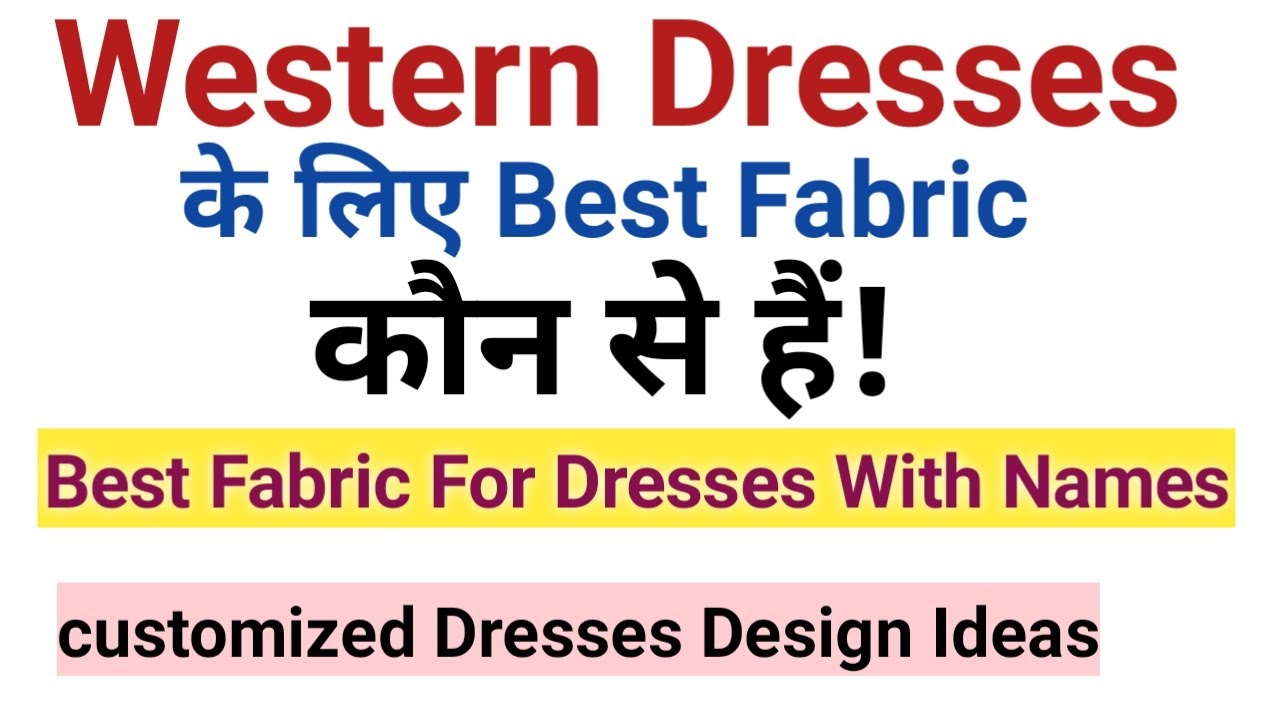Experience the essence of the wild west with our authentic western fabric collection. Immerse yourself in the rugged charm of the American frontier as you explore our handpicked selection of durable, versatile, and stylish fabrics. Crafted with meticulous care, our western fabrics evoke images of cowboys astride majestic horses, wide-open prairies, and the timeless beauty of the southwest. Whether you’re a seasoned quilter, an aspiring seamstress, or simply seeking to infuse your home with a touch of western flair, our fabrics are the perfect choice. Unleash your creativity as you design beautiful quilts, rustic home decor, or unique apparel that pays homage to the spirit of the west. From classic western motifs like horseshoes, cowboy hats, and cacti, to rich earthy tones and intricate southwestern patterns, our collection offers a wide range of options to suit your aesthetic preferences. Discover the joy of working with premium fabrics that not only look stunning but also withstand the test of time. Transform your projects into cherished heirlooms that capture the essence of the wild west. Explore our western fabric collection today and embark on a journey to the heart of the frontier.

The History of Western Fabric
Western fabric is a unique type of textile that has a rich history and cultural significance. It is closely associated with the American West and the cowboy lifestyle, but its origins can be traced back to Europe. In this article, we will explore the history, characteristics, and uses of Western fabric.
The Origins of Western Fabric
Western fabric has its roots in the textiles produced in Europe, particularly in Scotland and Ireland. These regions were known for their high-quality wool and tweed fabrics, which were favored for their durability and warmth. As European settlers migrated to the American West in the 19th century, they brought these textiles with them.
However, it was not until the late 19th and early 20th centuries that Western fabric as we know it today began to emerge. With the rise of the cowboy culture and the cattle industry, there was a demand for durable and comfortable fabrics that could withstand the harsh conditions of the American West.
The Characteristics of Western Fabric
Western fabric is typically made from natural fibers such as wool, cotton, and denim. These materials are chosen for their durability, breathability, and ability to regulate body temperature. The fabrics are often woven tightly to provide additional strength and longevity.
One of the defining characteristics of Western fabric is its distinct patterns and designs. Common motifs include checkered patterns, paisley prints, and Native American-inspired designs. Many Western fabrics also feature earthy colors such as brown, tan, and red, which reflect the natural landscape of the American West.
Uses of Western Fabric
Western fabric is primarily used in the production of clothing and accessories associated with the cowboy and Western lifestyle. It is commonly used to make cowboy hats, shirts, jackets, and trousers. The durability and breathability of Western fabric make it ideal for outdoor activities such as horseback riding and ranch work.
In addition to clothing, Western fabric is also used in home decor. It can be found in curtains, upholstery, and bedding, adding a touch of Western charm to any space. The unique patterns and designs of Western fabric make it a popular choice for those looking to create a rustic or Western-themed interior.
The Popularity of Western Fabric
Western fabric has gained popularity not only in the American West but also around the world. It has become synonymous with the cowboy and Western culture, representing a rugged and adventurous lifestyle. Western fabric has been embraced by fashion designers, artists, and enthusiasts who are drawn to its unique aesthetic and cultural significance.
Today, Western fabric is not only used in traditional Western attire but also in modern fashion. It is often incorporated into designer collections, creating a fusion of Western and contemporary styles. Western fabric has also made its way into mainstream fashion, with Western-inspired prints and designs appearing on runways and in retail stores.
Preserving the Legacy of Western Fabric
Western fabric is not just a textile; it is a symbol of a cultural heritage. As the popularity of Western fabric continues to grow, it is important to preserve its legacy and ensure that it remains true to its roots.
One way to do this is by supporting local artisans and businesses that specialize in Western fabric. By purchasing authentic Western fabric products, you can contribute to the preservation of this unique craft and the communities that rely on it.
Another way to honor the legacy of Western fabric is by learning about its history and sharing that knowledge with others. By understanding the origins and significance of Western fabric, we can appreciate its cultural value and promote its continued use and recognition.
In conclusion, Western fabric is a textile with a fascinating history and cultural significance. Its origins in Europe, the emergence of its distinct characteristics, and its various uses in clothing and home decor all contribute to its enduring popularity. By preserving the legacy of Western fabric, we can ensure that this unique textile continues to be appreciated and celebrated for generations to come.
Fabulous Fabric Finds: A Guide to the Perfect Western Dress
Video Source : Neha Beauty Room
List of Western Fabric
Western Fabric Table
| Category | Description | Features |
|---|---|---|
| Denim | Denim fabric is a sturdy cotton twill textile that is commonly used in Western-style clothing. | – Known for its durability and strength, making it perfect for jeans and jackets.– Offers a rugged and authentic western look.– Available in various weights and finishes, such as stonewashed or distressed. |
| Flannel | Flannel is a soft woven fabric, often made from cotton or wool, that is widely used in Western shirts and blankets. | – Provides excellent insulation and warmth, ideal for colder climates.– Features a brushed surface that creates a cozy feel.– Often adorned with classic Western patterns like plaids and checks. |
| Suede | Suede is a type of leather with a napped finish, typically made from the underside of animal skins. | – Offers a luxurious and velvety texture, adding sophistication to Western garments.– Known for its durability and resistance to wear and tear.– Commonly used in Western boots, jackets, and accessories. |
| Canvas | Canvas is a heavy-duty, plain-woven fabric often made from cotton or linen. | – Provides exceptional strength and durability, making it a popular choice for Western bags and tents.– Can be treated with waterproofing agents for added functionality.– Available in various colors and weights to suit different Western-themed projects. |
This Western Fabric Table highlights some of the key types of fabric commonly associated with Western-style clothing and accessories. Each fabric has its own unique characteristics and features that contribute to the overall aesthetics and functionality of Western garments. Whether it’s the ruggedness of denim, the coziness of flannel, the luxury of suede, or the durability of canvas, these fabrics play a vital role in capturing the essence of the Western fashion style.

